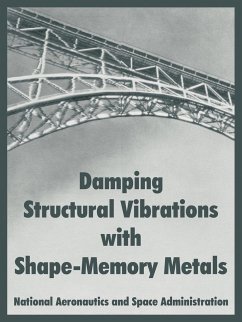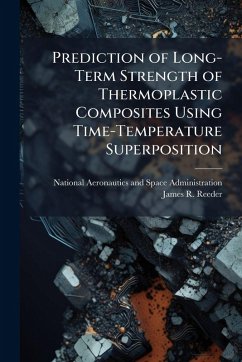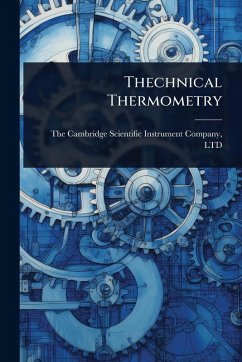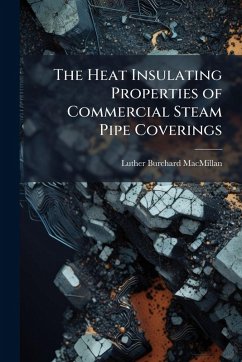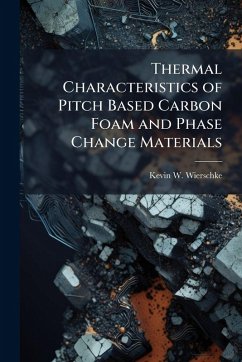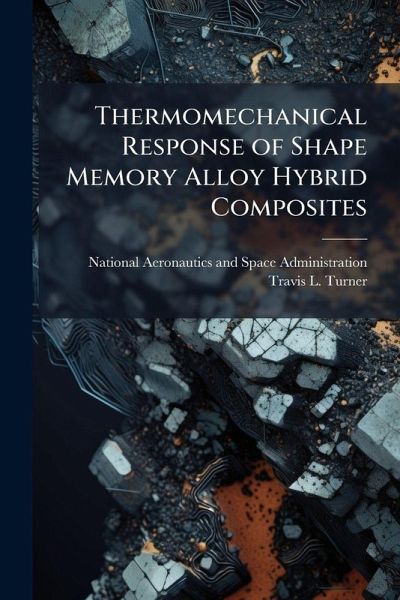
Thermomechanical Response of Shape Memory Alloy Hybrid Composites
Versandkostenfrei!
Versandfertig in über 4 Wochen
20,99 €
inkl. MwSt.
Weitere Ausgaben:

PAYBACK Punkte
10 °P sammeln!
This study examines the use of embedded shape memory alloy (SMA) actuators for adaptive control of the thermomechanical response of composite structures. A nonlinear thermomechanical model is presented for analyzing shape memory alloy hybrid composite (SMAHC) structures exposed to steady-state thermal and dynamic mechanical loads. Also presented are (1) fabrication procedures for SMAHC specimens, (2) characterization of the constituent materials for model quantification, (3) development of the test apparatus for conducting static and dynamic experiments on specimens with and without SMA, (4) d...
This study examines the use of embedded shape memory alloy (SMA) actuators for adaptive control of the thermomechanical response of composite structures. A nonlinear thermomechanical model is presented for analyzing shape memory alloy hybrid composite (SMAHC) structures exposed to steady-state thermal and dynamic mechanical loads. Also presented are (1) fabrication procedures for SMAHC specimens, (2) characterization of the constituent materials for model quantification, (3) development of the test apparatus for conducting static and dynamic experiments on specimens with and without SMA, (4) discussion of the experimental results, and (5) validation of the analytical and numerical tools developed in the study. Excellent agreement is achieved between the predicted and measured SAMHC responses including thermal buckling, thermal post-buckling and dynamic response due to inertial loading. The validated model and thermomechanical analysis tools are used to demonstrate a variety of static and dynamic response behaviors including control of static (thermal buckling and post-buckling) and dynamic responses (vibration, sonic fatigue, and acoustic transmission). and SMAHC design considerations for these applications. SMAHCs are shown to have significant advantages over conventional response abatement approaches for vibration, sonic fatigue, and noise control. This work has been selected by scholars as being culturally important, and is part of the knowledge base of civilization as we know it. This work was reproduced from the original artifact, and remains as true to the original work as possible. Therefore, you will see the original copyright references, library stamps (as most of these works have been housed in our most important libraries around the world), and other notations in the work. This work is in the public domain in the United States of America, and possibly other nations. Within the United States, you may freely copy and distribute this work, as no entity (individual or corporate) has a copyright on the body of the work. As a reproduction of a historical artifact, this work may contain missing or blurred pages, poor pictures, errant marks, etc. Scholars believe, and we concur, that this work is important enough to be preserved, reproduced, and made generally available to the public. We appreciate your support of the preservation process, and thank you for being an important part of keeping this knowledge alive and relevant.



